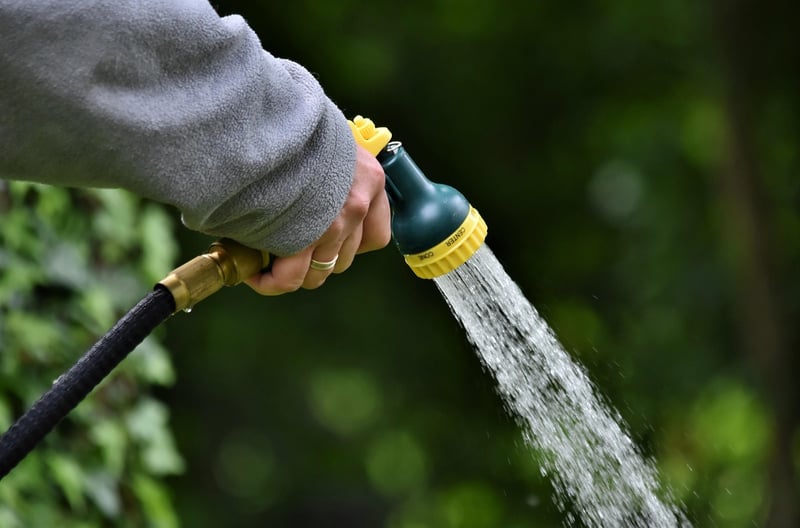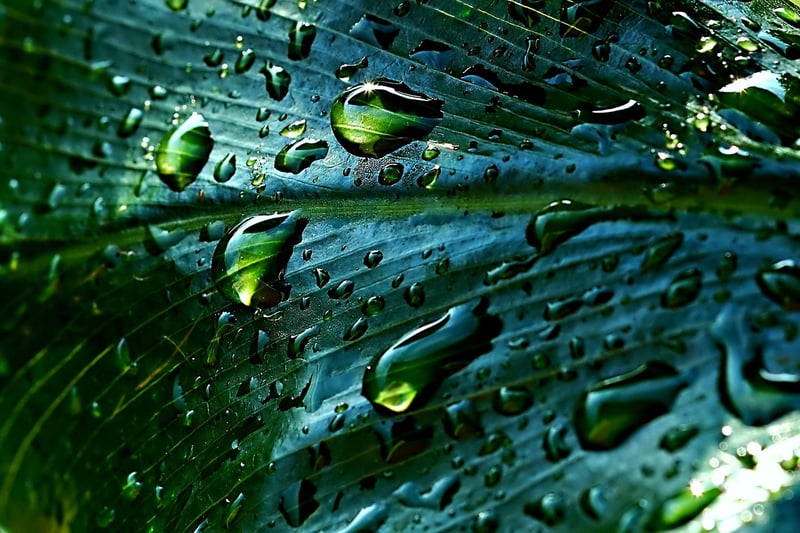Rainwater Harvesting
The Benefits of Rainwater Harvesting: An Eco-Friendly Water Conservation Method
Rainwater harvesting is a sustainable and environmentally friendly method that has been gaining popularity due to its numerous benefits for both the environment and homeowners. By collecting and storing rainwater that falls on your property, you can reduce your reliance on municipal water sources and lower your utility bills while also helping to conserve water resources and reduce stormwater runoff. Let's explore the advantages of rainwater harvesting and how you can implement this eco-friendly practice.
1. Water Conservation
One of the primary benefits of rainwater harvesting is water conservation. By collecting rainwater, you can use it for various non-potable purposes such as watering your garden, washing your car, or flushing toilets. This can help reduce your overall water consumption and lessen the strain on municipal water supplies, especially during dry seasons or in water-stressed areas.
2. Cost Savings
Implementing a rainwater harvesting system can lead to significant cost savings in the long run. By using harvested rainwater for tasks that do not require treated drinking water, you can lower your monthly water bills. Additionally, some municipalities offer rebates or incentives to homeowners who install rainwater harvesting systems, further increasing the cost-effectiveness of this eco-friendly practice.
3. Stormwater Management
Rainwater harvesting can also help mitigate the impact of stormwater runoff on the environment. By capturing rainwater on your property, you can prevent excess water from flowing into storm drains, which can lead to flooding and pollution of waterways. Instead, harvested rainwater can be stored and used on-site, reducing the burden on local drainage systems.
4. Sustainable Landscaping
Using rainwater for irrigation can promote sustainable landscaping practices. Unlike treated tap water, rainwater is free of chlorine and other chemicals, making it ideal for watering plants and gardens. Additionally, rainwater is naturally soft and has a slightly acidic pH, which can benefit certain types of vegetation and help maintain healthy soil conditions.
5. How to Get Started
Ready to start harvesting rainwater? The first step is to assess your property to determine the best location for rainwater collection. You will need a roof or surface area where rainwater can be channeled into a collection system such as a rain barrel or cistern. Make sure to use a filtration system to remove debris and contaminants before storing the water.
For a more advanced rainwater harvesting system, consider installing a rooftop rainwater collection system with pipes that direct water to a storage tank. This stored rainwater can then be distributed through a pump and irrigation system to meet your water needs.
Remember to check local regulations and obtain any necessary permits before installing a rainwater harvesting system. By taking these steps, you can enjoy the benefits of rainwater harvesting while contributing to water conservation efforts and reducing your environmental footprint.

Embrace the power of rainwater harvesting and make a positive impact on the environment while reaping the benefits of sustainable water management. Start your journey towards a more eco-friendly lifestyle today!
